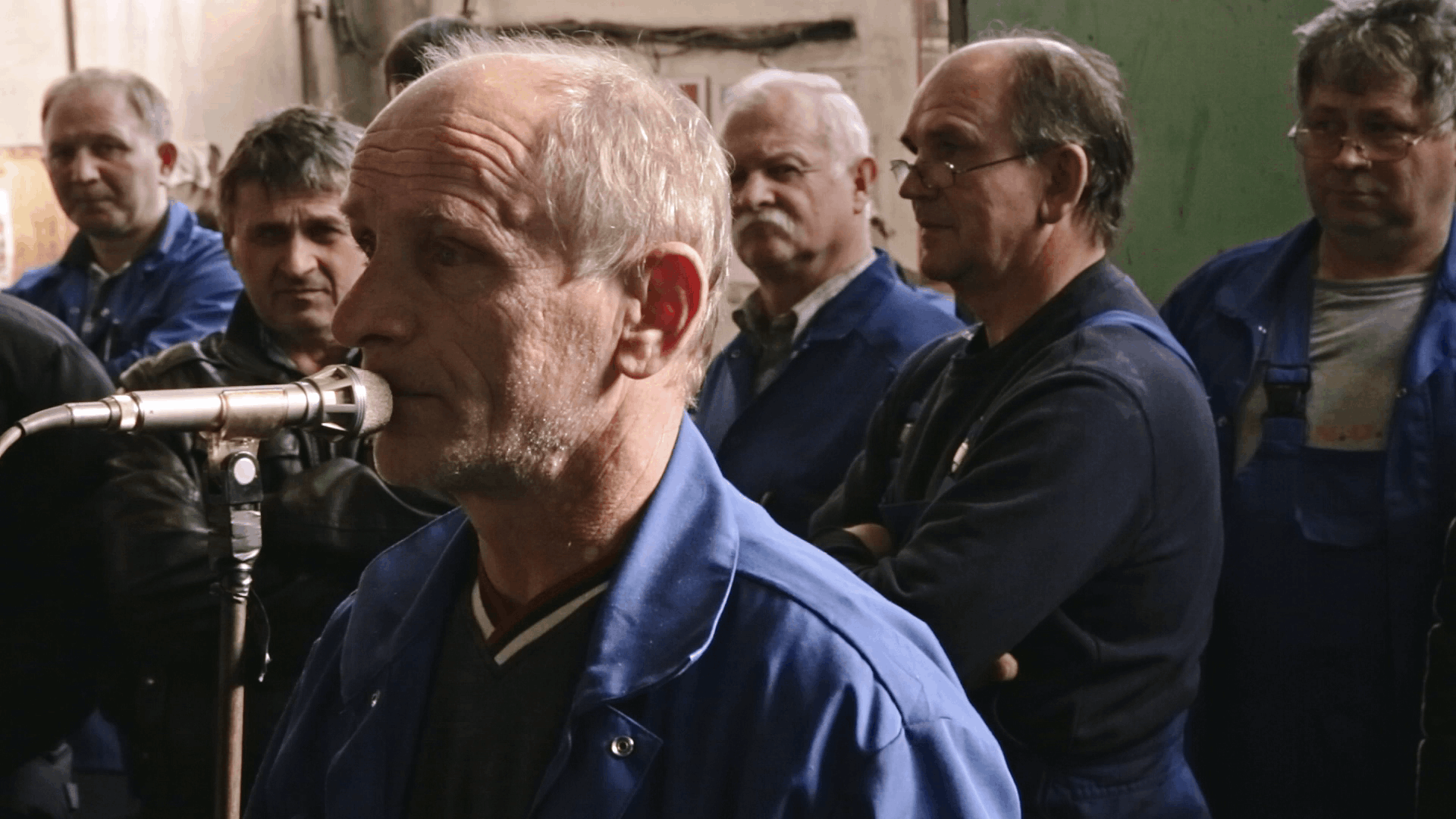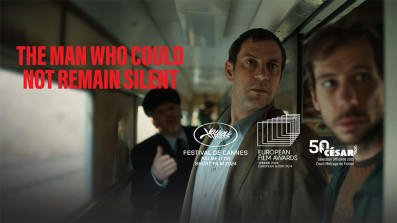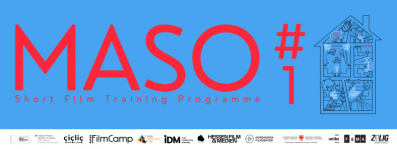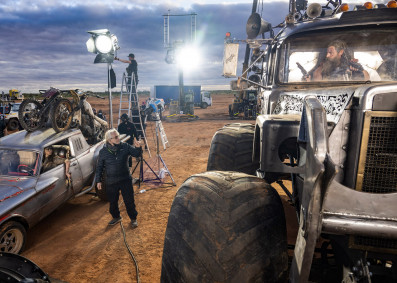
Factory to the Workers - review: Land for Peasants have overtaken
Srđan Kovačević documents the decaying life of the factory
Factory to the Workers by Croatian director Srđan Kovačević premiered at Sheffield DocFest, followed by premieres and awards throughout the common cultural space. The very name of the film is taken from Marx's slogan Factory to Workers - Land for Peasants, under which the National Assembly of Yugoslavia in 1950 passed the Law on the Transfer of Enterprises to Workers Management, ie Workers' Self-Management.
The film opens with a shot of the inevitable photography, a portrait of Josip Broz Tito, relics of all schools, factories and houses, which, as the overrun working-class claims today, he created so much that today they can't even paint. We see that in the second frame when one of the protagonists leads us through a neglected factory.
In 2005, the ITAS-Prvomajska machine tool factory from Ivanec was occupied by her workers. They have since acted collectively, becoming the only successful example of the working professionals in post-socialist Europe. Today, as they seek a new model of collective ownership, the factory’s microcosmic world clashes with the forces of a globalized market economy, increasingly brutally affecting wages and factory organization, causing growing dissatisfaction among workers.
During his five years in the factory, Kovačević managed to gain the trust of the collective, both management and workers, and he unobtrusively follows them through the battles they fight on a daily basis, through salary delays, deliveries that will not happen on time, management collapse and all that. through which passes the only self-governing factory behind the Iron Curtain, truncated on all sides and without the labour and management capabilities that could change that. There are not even a quarter of the previous 1000 workers left in the factory, the new machine has not been bought for 30 years and guided by one remark from the movie that the chain is the strongest how strong the weakest link is, here we get the impression that it broke a long time ago.
In the film, Kovačević very precisely shows the intergenerational gap that is the basis of conflict, but it also gives us a utopian idea of why socialism could succeed, but it quickly cools us down, when we realize that younger generations do not understand and are in the factory until they acquire basic knowledge. and skills they can use in the private sector, where salaries are several times higher. Young people are not interested in stocks and workers' self-management and the ideal, because, during the transition and transition to capitalist society, the older generations forgot to convey to them the idea of labour and solidarity, the concept of shares and the common good.
The younger generations of adults in an area where war and transition are permanent have been taught to think and live from today to tomorrow and are aware that if they do not receive a salary this month, their existence will be endangered. They do not know about Alija Sirotanović, Arif Heralić and the heroes of a bygone era, who were concreted into their own symbolic foundations by unbuilt systems, and then placed in the domain of mass media stars, as Selvedin Avdić writes, in the book Moja Fabrika. The heroes of our time are tycoons, criminals, politicians and reality stars.
Older generations in the factory whose voice is Dragutin Varga, chairman of the board remember how it was before and want to incorporate that atmosphere here and now, but without resources and ideas and here we see once again how dysfunctional collective nostalgia is. Remembering something great and the idea of well-being without resources is just as devastating as idealessness and defeatism.
Through the film, Kovačević very skillfully characterizes the main protagonist - the factory and individual performances of workers contribute to the characterization of the main, collective hero, and even Dragutin Varga and executive director Božo Dragoslavić function as two extremes that further describe the collective protagonist. In the context of film, solidarity, leftist ideas and self-management, perhaps the film itself should have been signed as a collective work, without highlighting the phenomenal Kovačević who shot over 500 hours of material, and then…. We see such cases in movies or A Fabrica de Nada / The Nothing Factory from 2018.
A certain dose of poetics and Stakhanov's melancholy would certainly contribute to the film, which is certainly minimal in this constellation of the factory and difficult to bring to the surface, but it could possibly be evoked through certain images and music, through which the film would be avoided. in the film Godine hrđe/ The years of rust, by Andrej Korovljev from 2000.
The Factory film is an important study for the workers about the connection between the past and the future and our disorientation in that gap, and as such it will certainly be important to the generations that built all this, to those who demolished it and to us who are collateral damage to both.
The film was produced by Fade In and produced by Sabina Krešić and Luka Venturin. Kovačević also edited the film, along with Damir Čučić and Iva Kraljević. Ranko Pauković was in charge of design and sound processing, and Branko Linta and Magdalena Ptiček were in charge of colour correction.















